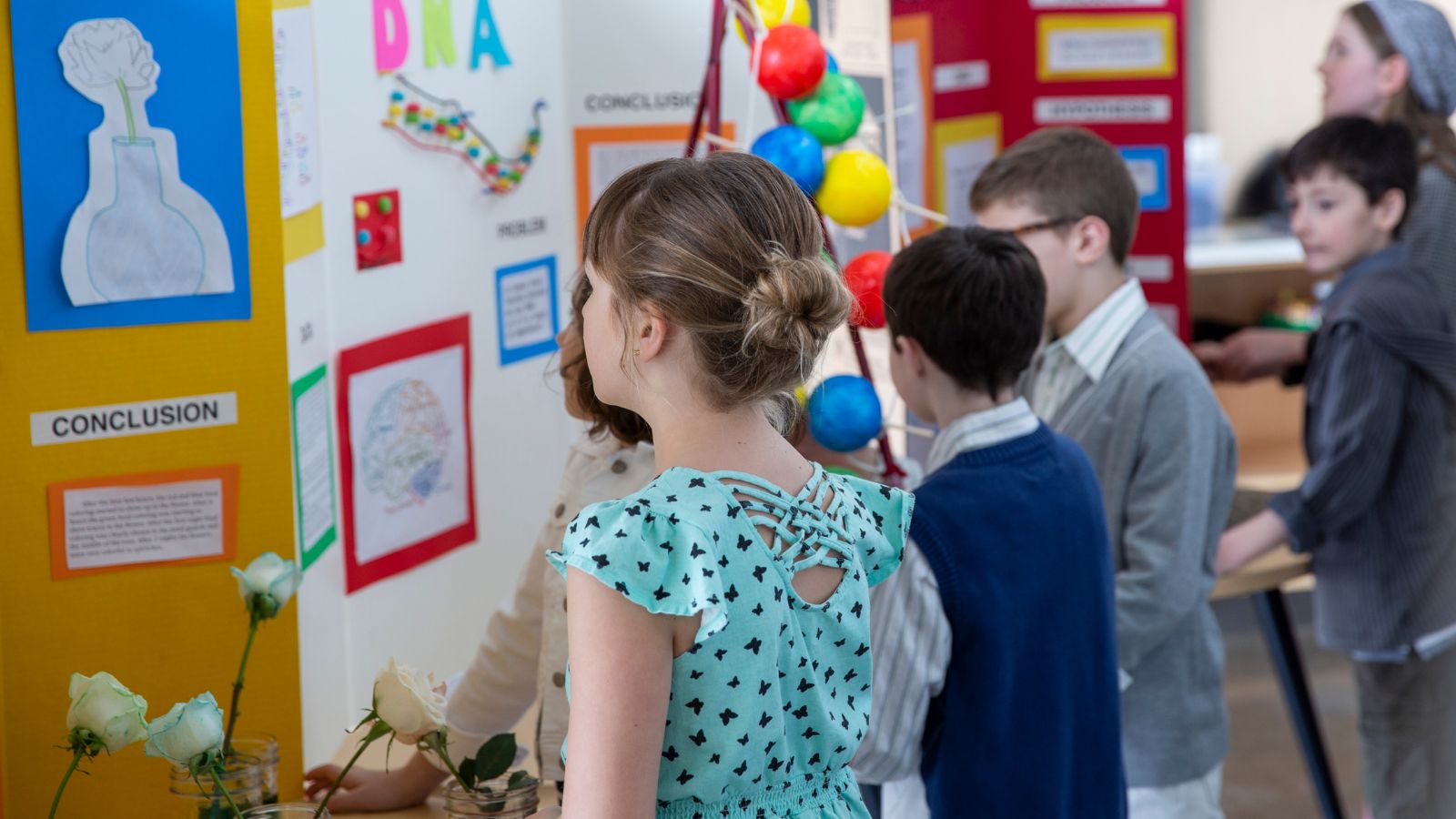As a middle school English teacher, I dedicated two full weeks for students to create life-size puppets based on "The Old Man and the Sea." My students absolutely loved this project. However, upon reflection, it is crystal clear that the project's primary outcome was that students became more skilled at crafting clothing for their puppets rather than gaining a deep understanding of the complex characters in the text.
While I have great appreciation for the art of sewing, devoting two weeks of English class time to this life skill was not the most effective approach. The question then arises: How can we shift our educational focus from simply making school projects entertaining to fully embracing the goals of project-based learning?
Project-Based Learning (PBL) is an engaging educational approach to foster deep learning. It requires students to design, develop, and construct practical solutions to real-world problems. A frequent challenge in crafting PBL units is the tendency to create projects tailored to the "average" learner, often lacking personalization and student ownership. In many PBL scenarios, teachers assign one-size-fits-all projects, such as writing a poem, creating a video, or composing a letter to a state senator. While these are valuable tasks, the issue arises from the limited scope for student input.
That's where the "Project Buffet" strategy comes in.
By implementing the "Project Buffet" strategy, teachers can shift more ownership to students, allowing them to pursue projects that align with their interests and passions. This increases student engagement and promotes a sense of ownership and agency in their learning journey.
Before you start your project, put students to work brainstorming potential project outcomes. This serves two purposes:
- It empowers students to research and explore different ways to express their knowledge, fostering critical thinking and creativity.
- Teachers can use their students' ideas to create choice boards or project menus.
Then, once students have a “buffet” of ideas, teachers can collaborate with students to co-design a bulletin board, a digital menu on Canva, or a shared Google Doc, showcasing a variety of project options. When the time comes for students to decide how they want to share their learning, they will have a valuable resource to spark their creativity and guide their decision-making process.
Tip! For early education/elementary teachers, completing this template can be a collaborative effort involving colleagues, parent volunteers, or virtual professional learning networks.
In our book, The Shift to Student-Led, my co-author Catlin Tucker and I share an example of the handout we would share with students from this exercise. Save a copy to share with students and use it to continue to build upon by adding in your students' brilliant ideas.
| Product Idea | Options |
| Writing | Write a formal letter to an authentic audience.Write a blog and share it with an authentic audience.Write a children’s book to read to elementary students or donate to a local library.Write a detailed proposal about how to solve an authentic problem. Submit to an online publication.Write a poem or song responding to driving questions and perform in a local coffee shop or another venue. |
| Product Video | Create a public service announcement for local access television or another authentic audience.Record a TED Talk or submit to present at a TEDx conference.Produce a short documentary and publish it on YouTube. |
| Audio | Record a podcast with a community member where you discuss the driving question and share it on social media.Record an investigative report-style podcast on your challenge or question, integrating the parts of the PBL process to provide a clear picture for your audience, then publish and share on social media. |
As students work through their PBL unit, empower them to continually reflect on the driving questions, the "firm goals" they want to achieve, their preferred audiences, and how they can create and refine a relevant, authentic, and meaningful product.
 By using these strategies, teachers can ensure that students take the lead in the design work of their PBL projects. This shift from being the expert to a facilitator and collaborator allows for increased engagement, deeper learning, and a more balanced learning environment, bringing us back to the core purpose of education - empowering students to take ownership of their learning.
By using these strategies, teachers can ensure that students take the lead in the design work of their PBL projects. This shift from being the expert to a facilitator and collaborator allows for increased engagement, deeper learning, and a more balanced learning environment, bringing us back to the core purpose of education - empowering students to take ownership of their learning.
Resources
- The Shift to Student-Led by Katie Novak and Catlin Tucker
- Project-Based Learning: Teaching Guide (Boston University)



